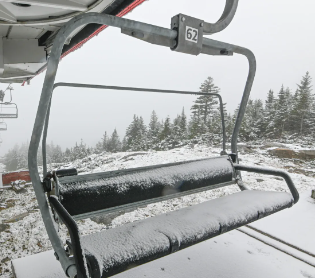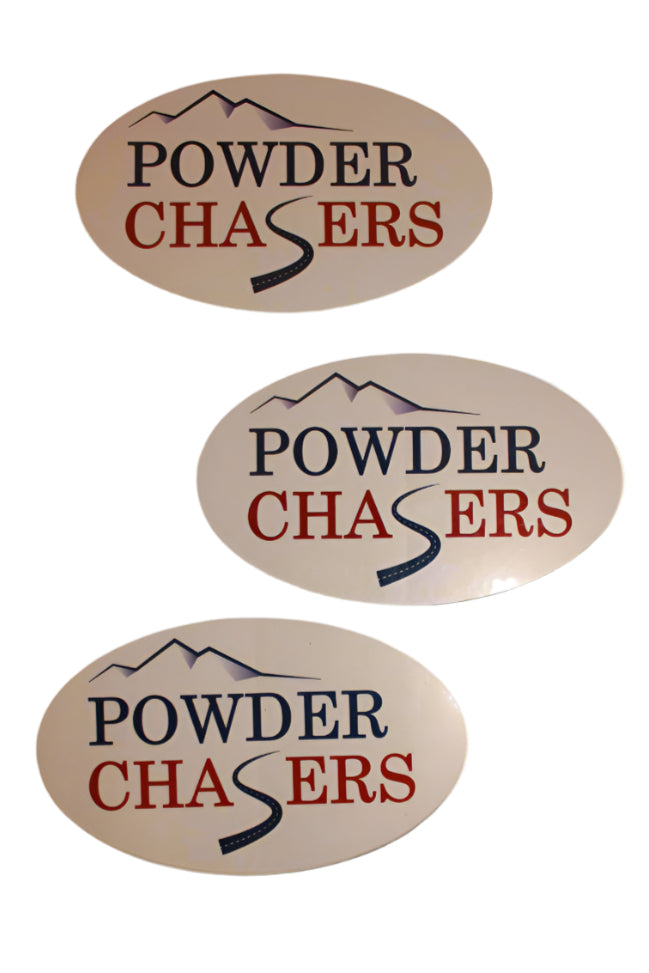Over the last few days various news outlets have begun reporting on the Winter Storm that will unfold across Montana and the Northern Rockies this weekend. In this post we aim to review some of the details of the storm, including storm totals, and provide the atmospheric background for why this storm will take place. It hasn't snowed in September in Missoula since 1983, and 1.5\ is the all time September record. It is certainly possible this record could be broken.
The storm that will affect Montana will be historic in a variety of ways. It will bring record cold and record snow for this time of year. Winds will be strong too, but most likely not record breaking. Travel will be incredible dangerous, especially over passes, and wind damage will be significant. Downed trees will result in power outages, which, due to the long duration of the storm, crews will have a difficult time addressing in a timely manner. Infrastructure damage on lakes, including Flathead Lake, is likely as well. Outdoor recreation during this time is strong discouraged.
Now onto the atmospheric setup that will allow this historic storm to proceed. There are several pieces that are coming together at the same time to make this storm possible. I will first mention them briefly, and then discuss them in greater detail below. The main players are the deep and strong upper level low, prolonged upslope winds, ample available moisture, and a very cold airmass descending from Canada. Alone, each of these players could lead to significant weather impacts, but together, the result is a record breaking September snowstorm.
Cold Canadian Airmass
The first piece we'll discuss is the anomalously cold air. Below you can see the cold Canadian airmass infiltrating the NW US at the end of the week and into the weekend.

(image courtesy of Tropical Tidbits)
To make sense of just how cold this air is for this time of year, below is another forecast gif, this time of how much of a departure from average these temperatures are.

(image courtesy of Tropical Tidbits)
You can see the GFS (American) model is forecasting temperatures in some locations of Montana to be more than 15 C below normal!! This airmass is dangerously cold, and is a key player for the massive snowfall that will occur this weekend.
Strong Upper Level Low
The second piece of the puzzle is the strong upper level low. Most snowstorms in the Western US result from areas of low pressure in the atmosphere at upper levels, at 500mb (~18,000 feet), which themselves result from differences in temperatures across large distances. The strength of this feature in the upper atmosphere contributes both to the strong winds, and the vorticity (large scale lift), which is critical in a storm producing precipitation. The image below shows just how strong this feature is.

(image courtesy of Weatherbell)
The darker the blue, then green, colors, the stronger this upper level low is compared to normal. You can see that this upper level low is very strong. Below is another foregast gif, this time of the track the low takes through the Western US.

(image courtesy of Tropical Tidbits)
You can see the upper level feature developing over SW Canada initially before moving south in the Western US, becoming cut off, splitting, and finally moving into the central US after more than 4 days of hammering the Northern Rockies. This is another important aspect of this storm. When the low gets cut off from the flow, the movement is slow, resulting in a nearly stationary upper level low. Typically, these upper level features will move across the region in a day or two, but in this case, the low will hang around for many days. This not only results in a prolonged period of precipitation due to the aforementioned lift, but also a prolonged period of winds in a direction that is favorable to upslope snow, which we will discuss next.
Prolonged Upslope Winds
The next piece, that is crucial for the incredible snow totals this storm will produce, is the orographic (upslope) precipitation. When winds force moist air into mountains, the air has nowhere to go but up. As the air is lifted, it expands and cools. Cold air can't hold as much moisture, so the moisture in the air condenses and then falls from the clouds. This is a second lifting mechanism present in this storm in addition to the large scale lift mentioned in the previous section. In the forecast gif below, which shows the winds at 700mb (~10,000 feet) you can see the winds shift from NW to NE, and then remain out of that direction for over 60 hours. This will be crucial for massive snow totals in areas along and east of the divide. The Rockies run NW to SE, which makes the NE wind direction optimal for enhanced snowfall due to orographic effects.

(image courtesy of Tropical Tidbits)
Ample Gulf/Pacific Moisture
Finally, the last piece of the puzzle for this historic storm is the available moisture. The low will tap into Gulf moisture, which provides ample water for this storm. There is a significant plume of moisture from the Pacific as well, as shown in the image below. In the two picture,, you can see the conveyer belt of moisture streaming into the NW US.


(images from Center For Western Weather and Water Extremes)
The moisture is being pulled clockwise around the strong high pressure over the Pacific Ocean and into the NW US, and will eventually wrap around the bottom of the upper level low. There is a second substantial moisture source as well, all the way from the Gulf of Mexico. You can see this moisture plume below.

This moisture is transported to Montana with low level SSE winds, at 850mb (~5K feet) shown below. You can see the winds coming off the Gulf of Mexico, into Texas, North through Oklahoma, Kansas, Nebraska, the Dakotas, all the way into Montana, carrying that significant moisture with it.

(image courtesy of Weathernerds)
This piece of the storm cannot be underestimated, as it is crucial in the storm producing the substantial record breaking snowfall. Without this moisture tap, the storm wouldn't pack nearly the same punch, and precipitation totals would be less.
In summary, an historic September snowstorm will affect a large area of the NW US, with Montana seeing the most severe impact. Most of the Western US, including Idaho, Washington, California, Nevada, Utah, and Wyoming will see minor to major impacts as well. The combination of the strong, slow moving upper level low, the cold Canadian airmass, prolonged upslope winds, and ample Gulf moisture will produce a rare and powerful storm for this time of year. Although impacts will vary depending on location, wind gusts could exceed hurricane force (75 mph) and snow totals could surpass 4 feet in NW Montana. Generally, the most severe impacts will be in NW Montana, in Glacier National Park, and in the Lewis, Lewis and Clark, Sawtooth, Livingston, and Flathead ranges, where 2-4+ feet are expected, and Southwestern Alberta. However, even east of the northern Rockies in Montana the temperatures will be cold enough for record snowfall at lower elevations.
Since such a large area will see significant snowfall, we'll leave the latest snowfall forecast from the GFS. You can see that Washington, Idaho, Wyoming, and Montana will see significant snow. Over a foot can be expected in the mountains Northern Washington, Eastern Oregon, Wyoming, and Idaho, while California, Nevada, and Utah will see accumulating snow in the 4-8\" range, in addition to cold temperatures before the storm wraps up. As far as the largest totals at ski resorts, Castle Mountain in SW Alberta should see at least 3 feet, while Showdown and Great Divide in Montana should see 1-2 feet. Jackson Hole/Grand Targhee, Lookout Pass, Discovery, Lost Trail, Kicking Horse, Lake Louise, Fernie, Nakiska, Norquay, and Big Sky should all wind up in the 6-12\" range, perhaps a little more at Big Sky and Banff Sunshine Village. Whitefish, Crystal, Revelstoke, Timberline and Bachelor will see 3-6\", with a little less at Sun Valley.

If you have any questions about this storm don't hesitate to reach out to us!
Please support our sponsors! The Concierge has been updated to 4 levels this, offering more options and customization. If you're looking for custom forecasts and trip planning, please sign up here https://powderchasers.com/concierge.
Powderchaser Luke



























